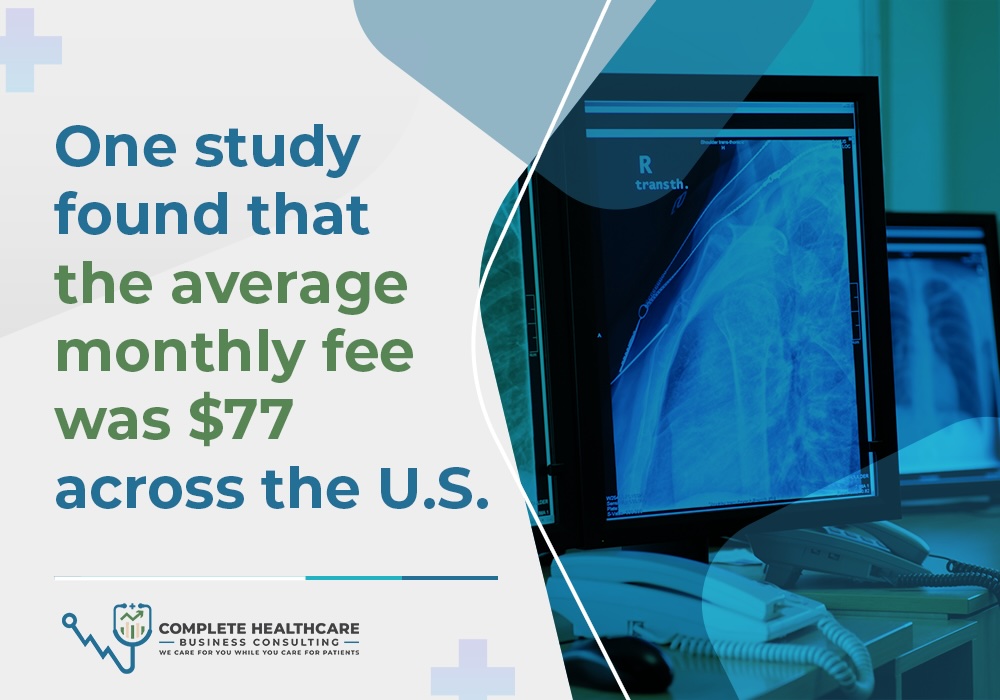What is the Direct Primary Care Model?
Physicians and medical practices are hearing more talk about the popular topic of “Direct Primary Care” (DPC). The biggest benefit to this type of practice: the re-centering of the physician-patient relationship. You know… helping people, which was very likely the reason you wanted to become a physician in the first place.
If you’re wondering what Direct Primary Care is and if this could be a good option for you and your patients, this article is for you. Learn the pros and cons as well as what steps to take if you’re interested in moving your practice to DPC.
Let’s start with the basics:
What is the Direct Care model
A Direct Primary Care practice is one that operates outside the constraints of health insurance and government payers (e.g., Medicare).
This new model is growing in popularity as an option for physicians who are tired of and ready to exit the managed care world.
Whether it be hoops from Optum to jump through or not getting paid (at all or on time)—healthcare providers have had it.
Managed care headaches are giving rise to the DPC trend.
While you might be wondering, no—DPC and concierge care are not the same thing.
The difference between direct primary vs concierge care
The Direct Primary Care model is often more affordable (lower monthly fees) than concierge care. In fact, one study found that the average monthly fee was $77 across the U.S.
It’s also important to note that DPC providers do not work with health insurance companies, while concierge practices may still accept insurance.

Why are Physicians and Practices Switching to the DPC model?
Recently, there’s been a mass movement among doctors (Colorado physicians are switching for example) from traditional healthcare practices to the Direct Primary Care model.
Benefits of DPC
There are numerous benefits to the Direct Primary Care practice model—for both physicians and patients.
For physicians:
-
- More autonomy
-
- Financial stability
-
- More time with patients
-
- Greater job satisfaction
-
- Reduced administrative load
-
- Reduced likelihood of burnout
Payor reimbursement reductions and continued administrative burdens have forced providers to go in a different direction—DPC is the solution that will work.

For patients:
Patients will find the DPC model to be a better financial option. Instead of being surprised with healthcare bills, they’re able to opt for a high-deductible insurance plan with low monthly premiums—if they’d like.
The billing is much easier to understand. Instead of trying to translate an EOB from the insurance company—where a practice most likely had to code things in a complicated manner—they pay a fee and rest assured knowing visits include what the physician has discussed with them.
Less time between calling for an appointment and seeing a physician. Due to the more intimate nature of DPC, patients are able to be seen more quickly and spend more time with their PCP. This reduces anxiety, stress, or worry patients might experience prior to or during their visit.
They pay a low monthly fee for unlimited visits. Patients often put off critical screening visits because of the high cost. The DPC model removes that barrier.
Direct Primary Care Criticism
While there’s much to be said in support of a Direct Primary Care practice, some have found issues.
DPC criticism revolves around the cost for low-income patients. However, DPC practices are able to specialize and there are practices who focus on care for underserved communities.
A barrier on the physician side of things is: fear. Physicians who are risk-averse might not find DPC to be an appealing option.
There’s a sense of security and safety in running a traditional medical practice—no matter the headaches that come along with it.
But something physicians are beginning to call into question is quality of life. DPC practices reduce the gamification of healthcare, and physicians who take the chance often find themselves much happier. (Remember—reduction of administrative duties, increased autonomy, financial stability, and greater job satisfaction.)
And finally, physicians must allot time and budget for the startup phase of DPC. It takes some practices a couple years to reach capacity, which could lead to reduced physician salaries during that time.
Navigating the Direct Primary Care model
If you’re intrigued by the idea of DPC, the next thing you’re likely thinking is, “How does DPC work?”
DPC providers charge patients a flat fee either monthly, quarterly, or yearly.
It’s recommended that patients have supplemental insurance coverage for emergencies. (This is in addition to the DPC fee.)
The DPC model allows physicians to skip the red tape of third-party payers when treating patients, lessen the hours of insurance billing and monitoring, and negotiate lower fees for things like diagnostic tests—which then get passed along to patients!
Work with a healthcare consultant to easily transition to DPC
Doctors and practices have successfully navigated the move to DPC. Be prepared for consistent research and keeping yourself up to date on what’s happening in the world of direct primary care.
But if you’re looking for a physician advocate and sounding board—we’d be honored to help.
Advocating for Physicians
The current model is not improving patient wellness—it’s just increasing busy work. And inefficiency in offices is causing overwhelm for physicians and staff alike.
When physicians get paid for their time and skills, they feel less rushed and less constrained to run their practices by the bureaucratic rules they’ve been playing by for so long.
Situations like this are exactly why I’ve made it my job to advocate for doctors and physicians.
Is Direct Primary Care worth it?
Physicians simply can’t survive with the current practice model. They’re going to DPC because—no longer can the payer say, “I’ll pay $50” when it costs $75 to treat the patient. Physicians can’t run their practices from a deficit.
With DPC, doctors are able to focus on preventative care, offer transparent pricing, and therefore enhance the doctor-patient relationship.





